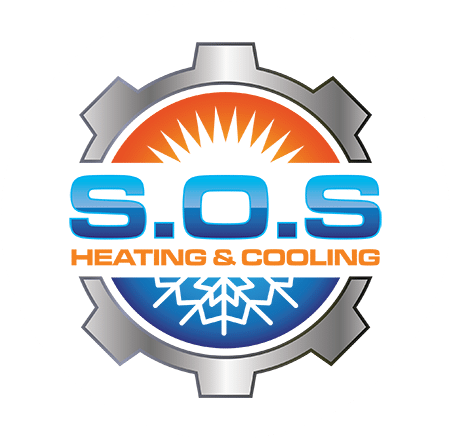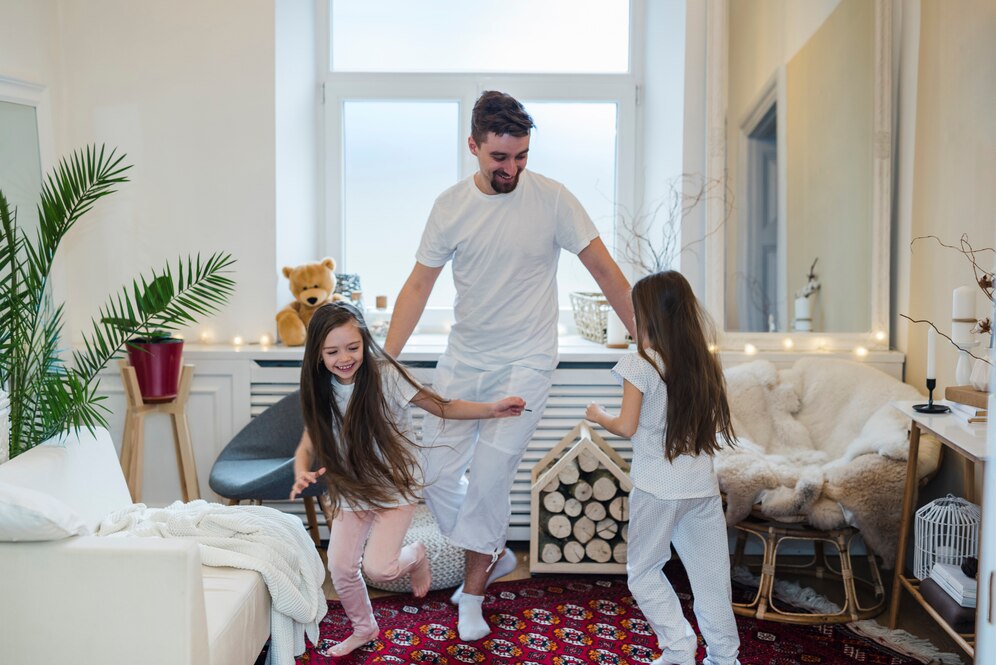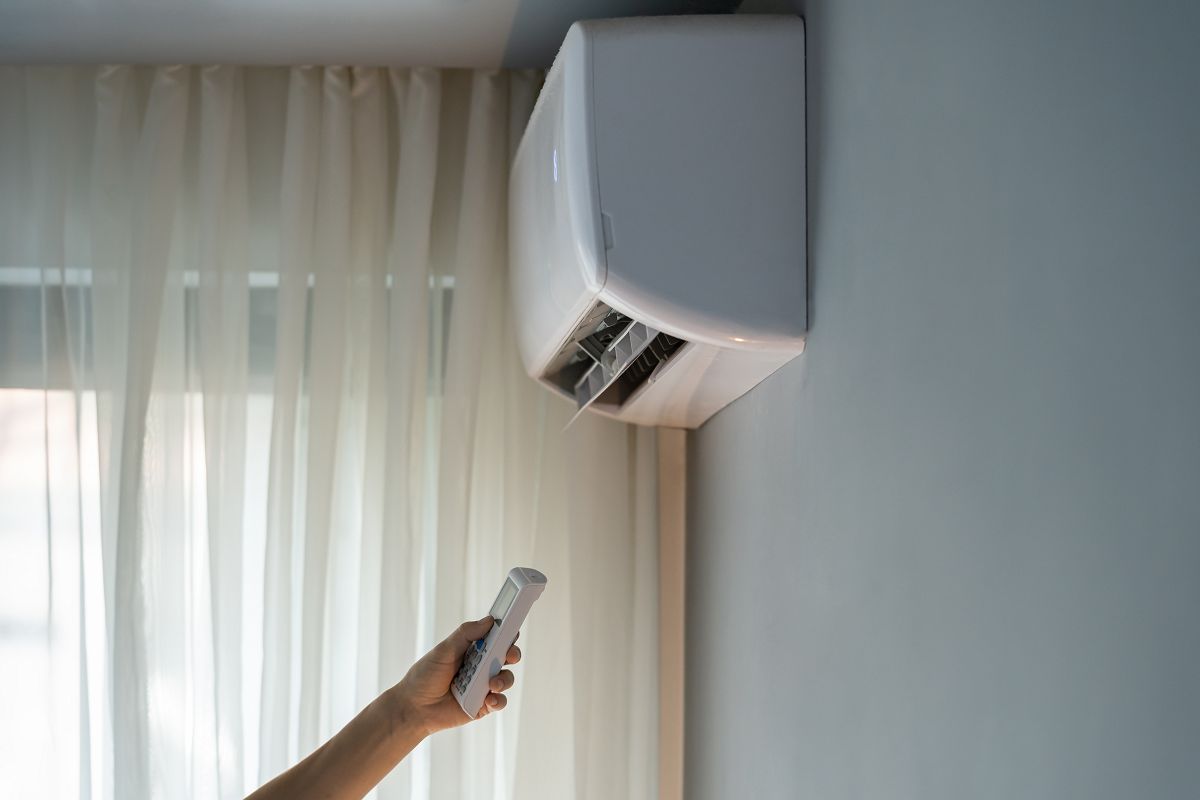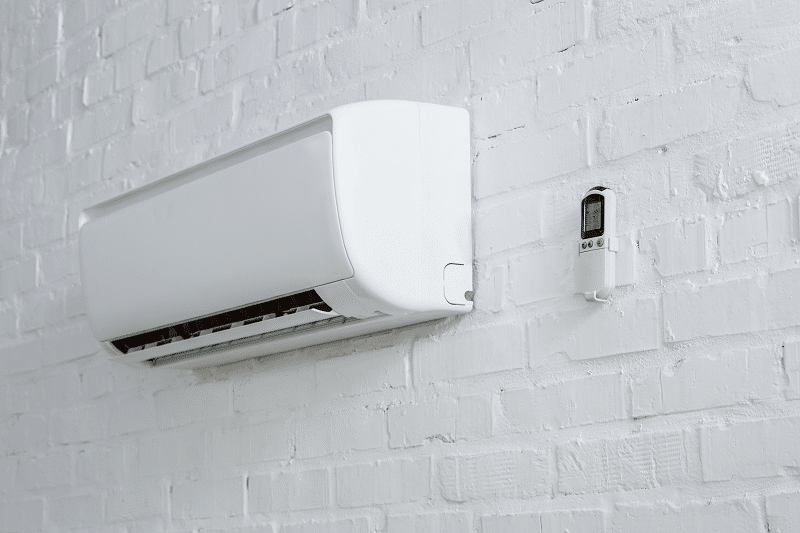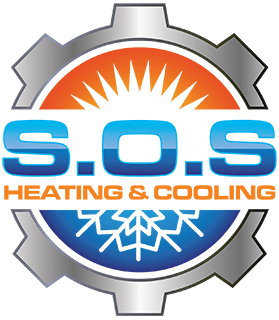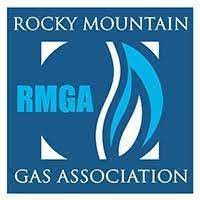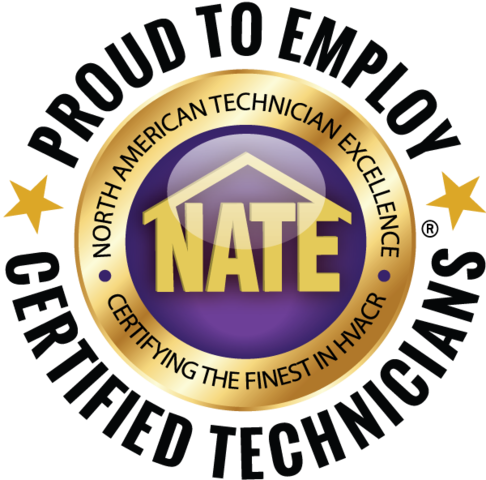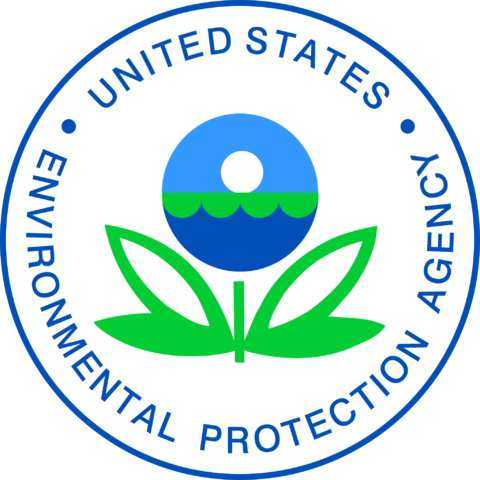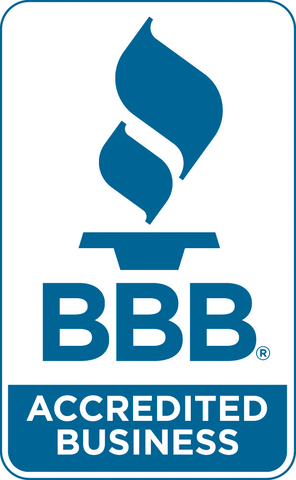Now that winter weather has arrived in Salt Lake City, UT, and the surrounding area, it’s time to nudge the thermostat up and turn on the furnace. A gas-powered furnace or any other gas-powered appliance uses the combustion process to convert natural gas into heat. Carbon monoxide is a byproduct of that process. Here’s what you need to know about carbon monoxide.
1. What Carbon Monoxide Is
Carbon monoxide is a gas molecule consisting of one carbon and one oxygen atom. It has no color, odor, or taste. This gas is produced during the combustion process. When natural gas, propane, or other petroleum products are burned, carbon monoxide is one of the byproducts.
2. Why Carbon Monoxide Is a Danger
When you breathe carbon monoxide gas, your red blood cells pick it up. The gas molecules take the place of oxygen on your red blood cells. Since your red blood cells aren’t carrying as much oxygen to the other cells and tissues in your body, you become starved of oxygen. Carbon monoxide gas is a poison, and even low levels of it can have significant health effects. If the exposure is high enough, carbon monoxide can be deadly.
3. How Carbon Monoxide Gets Into Your Home
During the winter months of the year in Salt Lake City, you’ll turn to your heating system to keep your home warm and comfortable. If your home’s heating system is powered by natural gas or propane, the combustion of fuel creates carbon monoxide. Normally, this waste product is blown out of your home through the flue. It then dissipates to the outdoors. An obstruction in the flue, damage to the flue or heat exchanger, or failure of the combustion chamber’s air seal could allow the carbon monoxide gas to mix with the air you breathe.
4. Symptoms of Carbon Monoxide Poisoning
When you’re exposed to a low level of carbon monoxide for a few hours, you’ll experience symptoms that are similar to those of the flu. You might develop a headache, tiredness, body aches, and mild nausea. If the level of carbon monoxide increases to a moderate concentration, you’ll experience more serious symptoms in a shorter amount of time. Moderate levels of carbon monoxide gas may cause weakness, mental confusion, vomiting, and dizziness. Severely high levels of carbon monoxide gas in your home can cause you to lose consciousness. Death can follow. Babies, pregnant women, and senior citizens will have more severe symptoms at lower exposure levels and resulting from a shorter duration of exposure.
5. How a Carbon Monoxide Detector Can Save Your Life
At a high level of carbon monoxide exposure, you could lose consciousness within a few minutes. That’s why your home needs a carbon monoxide detector outside of the bedrooms and about 10 to 15 feet away from any gas-powered appliance, such as your furnace, water heater, clothes dryer, or oven. The detector sounds an alarm if there’s a low level of carbon monoxide detected for more than 60 to 90 minutes. If there’s a moderate level of carbon monoxide, the alarm sounds after 15 to 30 minutes. When there’s a severely high level of carbon monoxide, the alarm sounds within one minute. The alarm is loud and is designed to give you enough time to evacuate your home before you’re overcome by carbon monoxide poisoning.
6. Ways to Prevent Carbon Monoxide Poisoning
Schedule a safety check and tune-up of your furnace each autumn. This tune-up includes a thorough inspection of the furnace’s combustion chamber, burner, and heat exchanger. Use a flashlight to look in the combustion chamber once a week. If you see soot or notice an air current around the chamber, call for heating service. Check the flue to make sure that it’s clear. Birds and other critters may try to build a nest in or near it because of the warm gases that escape from it.
S.O.S. Heating & Cooling is Salt Lake City’s trusted provider of heating system repairs. Homeowners also count on us for dependable air conditioning repairs too. Our skilled technicians are the right team for heating and cooling maintenance, repair, and replacement services. To learn more about carbon monoxide and how it can affect your health and safety (or to get help with another issue), contact us at S.O.S. Heating & Cooling today.
